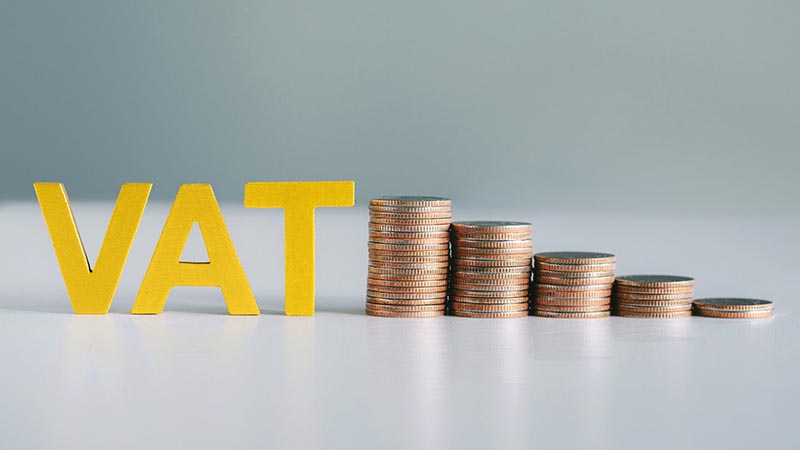You need to know how UK VAT works on sales to other countries.
Selling abroad can open new markets—but UK VAT rules change once you cross the border. Get this wrong and you risk unexpected VAT bills, penalties or lost cash flow. This guide explains the practical VAT considerations when you export goods or supply services from the UK to the EU or to other countries.
Key Considerations
VAT Registration
- UK threshold: You must register for VAT if your UK-taxable turnover exceeds £90,000 in any 12-month period.
- Voluntary registration can allow you to reclaim input VAT.
Exporting Goods (Zero-Rating)
- UK → EU & Rest the of World: Exports of goods are normally zero-rated for UK VAT provided you retain proof of export (bill of lading, commercial invoice, export declaration).
- B2B vs B2C: For business customers in the EU you zero-rate and rely on your customer’s local import VAT and duties. For consumer sales into the EU you may need to register under the EU Import One-Stop Shop (IOSS) to charge the correct VAT rate at checkout.
Supplying Services
- B2B services: Place of supply is generally where your customer belongs. If your customer is a business in the EU or elsewhere, UK VAT does not apply.
- B2C services: Place of supply is usually where you are established, except for digital, broadcasting or telecoms services, which are taxed where the customer is located. You may need to register for the EU One-Stop Shop (OSS) or non-Union OSS to report and pay VAT on those supplies.
Record-Keeping
- Maintain contracts, invoices and transport documents for at least six years.
- Evidence of customer’s business status (e.g. valid EU VAT number) is essential for zero-rating.
Key Risks and Issues
- Mis-applying the place-of-supply rules can lead to under-charging VAT or incorrect use of zero-rating.
- Failure to register in the customer’s jurisdiction (IOSS/OSS) may result in late-filing penalties and VAT at the point of import.
- Inadequate proof of export can invalidate zero-rating and trigger a UK VAT charge plus interest and penalties.
For example: MapleTech Ltd is a UK SME that sells laboratory sensors to both German research institutes (B2B) and private hobbyists in France (B2C digital manuals).
Impact:
B2B export to Germany – Sensors are zero-rated. MapleTech retains the commercial invoice, C88 export declaration and the customer’s German VAT number as proof. No UK VAT on sale; German customer accounts for import VAT.
B2C digital manuals in France – Place of supply is France. MapleTech registers for the non-Union OSS, charges 20% French VAT at purchase, and pays it quarterly via OSS.
Outcome: MapleTech avoids UK VAT on exports, stays compliant with EU rules, and escapes customs delays or penalties.
UK exports of goods are zero-rated but demand rigorous proof of export.
Services depend on the place-of-supply rules, and digital services to consumers often trigger OSS obligations so early planning and robust record-keeping are essential.
For a bespoke review of your VAT export processes or assistance with IOSS/OSS registrations, please contact SAIL International today by booking a free introductory call here.
Indemnity
This article is for general guidance only and does not constitute professional advice. VAT liability depends on your particular circumstances. SAIL International makes no guarantee of any specific outcome and accepts no responsibility for losses arising from reliance on this content. Please seek tailored advice before acting.

